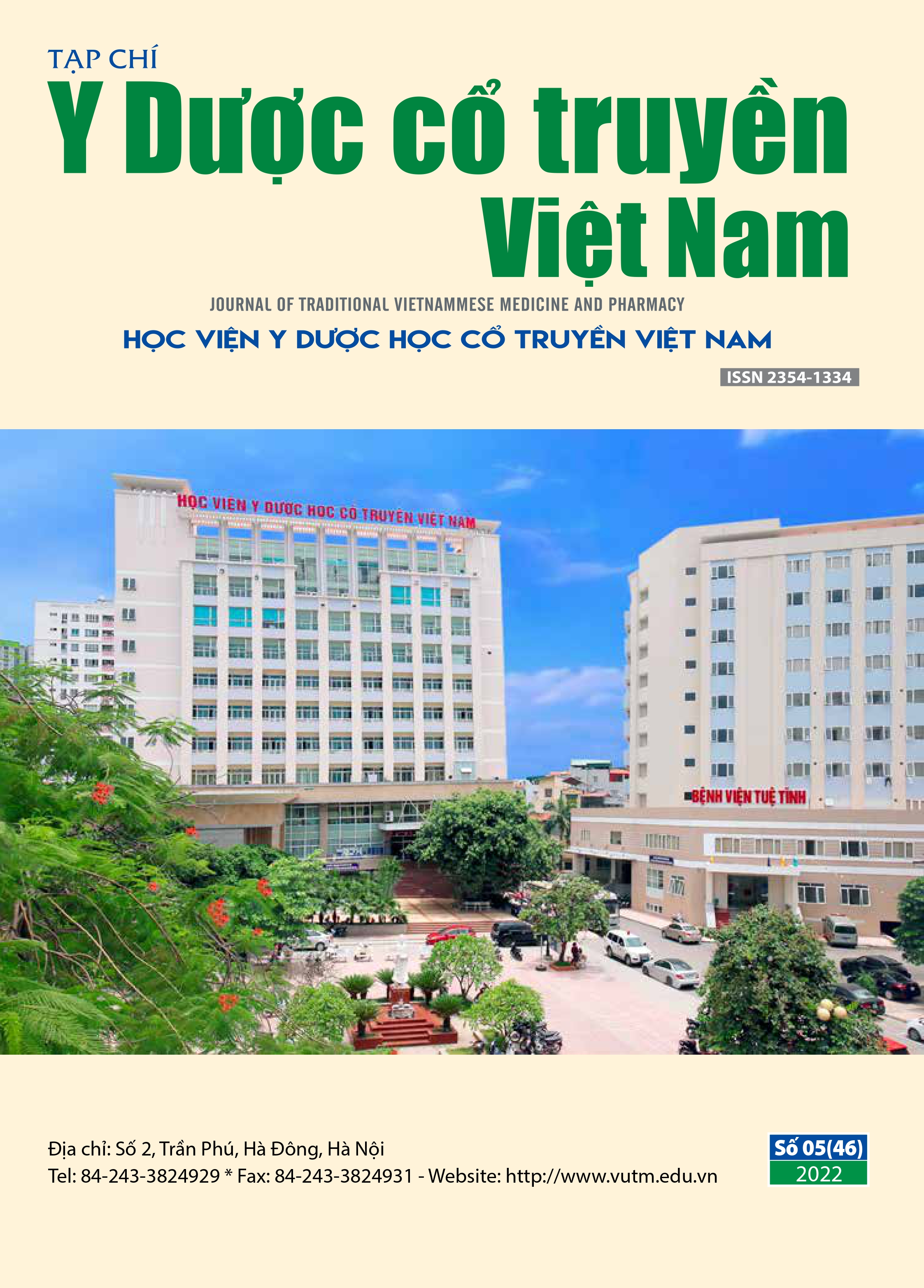Chất lượng cuộc sống trẻ suy giảm miễn dịch tiên phát
Nội dung chính của bài viết
Tóm tắt
Suy giảm miễn dịch tiên phát (SGMDTP) là một nhóm gồm các bệnh di truyền không đồng nhất đặc trưng bởi sự rối loạn của hệ thống miễn dịch, ảnh hưởng nhiều đến chất lượng cuộc (CLCS) của bệnh nhân.
Mục tiêu: Đánh giá chất lượng cuộc sống của trẻ suy giảm miễn dịch tiên phát theo thang điểm Ped QL 4.
Phương pháp: Nghiên cứu mô tả cắt ngang, sử dụng thang đo chất lượng sống liên quan sức khỏe trẻ em Peds QL 4.0 đánh giá CLCS trên 52 trẻ được chẩn đoán SGMDTP, điều trị tại Bệnh viện Nhi Trung ương theo thang điểm Ped QL 4.
Kết quả: Tỷ lệ nam/nữ là 6/1, tuổi trung bình 7,2 ± 4,0, nhóm tuổi 2-4 tuổi tỷ lệ cao nhất 38,5%. Trong đó, nhóm bệnh nhân SGMDTP dòng lympho B 63,5%, nhóm bệnh nhân SGMDTP rối loạn thực bào 23,1%, nhóm bệnh nhân SGMDTP kết hợp 13,4%. Trẻ từ 13-18 tuổi có CLCS về học tập cao hơn các nhóm còn lại (p = 0,01< 0,05). Trẻ SGMDTP dòng lympho B có CLCS về học tập, thể lực và tổng quát cao hơn so với các nhóm SGMDTP khác (p < 0,05). Trẻ SGMDTP có CLCS về học tập, thể lực và tổng quát thấp hơn so với trẻ khỏe mạnh (p < 0,05).
Kết luận: Trẻ SGMDTP có CLCS về học tập, thể lực và tổng quát thấp hơn rõ rệt so với trẻ khỏe mạnh. Cần phải đánh giá chất lượng cuộc sống của trẻ SGMDTP ở nhiều thời điểm khác nhau và theo dõi lâu dài sau điều trị.
Chi tiết bài viết
Từ khóa
Trẻ em, suy giảm miễn dịch tiên phát, chất lượng cuộc sống.
Tài liệu tham khảo
2. Nina.B. Kuburovic (2015), Human Inborn Errors of Immunity: 2019 Update on the Classification from the International Union of Immunological Societies EXpert Committee. J Clin Immunol,:8 323–330.
3. Annarosa Soresina (2006) The Quality of Life of Children and Adolescents with X-Linked Agammaglobulinemia J Clin Immunol (2009) 29:501–.
4. Lê Thị Minh Hương (2018), Tổng quan về suy giảm miễn dịQch, Tạp Chí Nghiên Cứu Và Thực Hành Nhi Khoa I Số 6.
5. The World Health Organization Quality of Life Assessment (WHOQOL): development and general psychometric properties. Soc Sci Med 1982, 46(12), 1569–1585.
6. Fonda Jiang (2015), Health-related quality of life in patients with primary immunodeficiency disease.
7. Varni J.W. (2001). PedsQL 4.0: reliability and validity of the Pediatric Quality of Life Inventory version
4.0 generic core scales in healthy and patient populations. Med Care, 39(8), 800–812.
8. Nguyễn Thị Thanh Mai (2017). Khảo sát chất lượng cuộc sống liên quan đến sức khỏe ở trẻ em khỏe mạnh bằng thang điểm PedsQL 4.0 generic core, phiên bản Việt Nam. Tạp chí Y học thực hành, 6, 1045.
9. Jinhong Wu (2019) Primary immunodeficiency disease: a retrospective study of 112 Chinese children in a single tertiary care center, Wu et al. BMC Pediatrics (2019) 19:410.

